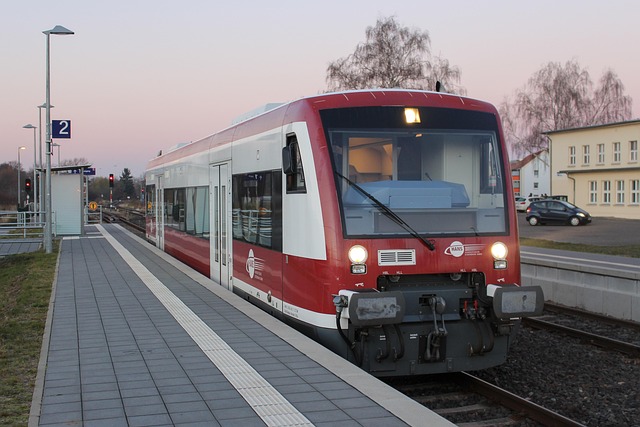Competitive real estate markets with limited supply drive up property prices through bidding wars. High demand from buyers, particularly in popular locations or emerging markets, empowers sellers to negotiate favorable terms and achieve faster sales at premium prices. Strategic marketing and timely listings are crucial for both agents and investors to optimize sale values. Buyers' intense competition incentivizes sellers to start with higher offers, leading to dynamic negotiations that ultimately shape real estate transaction costs.
In the competitive world of real estate, limited supply can ignite a frenzy of demand, pushing property prices to new heights. When multiple buyers vie for a coveted asset, the outcome is often an upward spiral in final sale prices. This phenomenon, driven by competitive bidding, highlights the intricate dance between market dynamics and consumer behavior. Understanding this relationship is crucial for both buyers and sellers navigating the real estate landscape.
Limited Supply Creates High Demand in Real Estate

In the competitive landscape of real estate, limited supply can significantly drive up demand. When the number of available properties is scarce relative to the buyer pool, it creates a dynamic where bidders vie for a share of the market. This competition among buyers leads to higher bidding wars and, consequently, elevated final prices.
Each new listing becomes a coveted opportunity, especially in popular locations or emerging markets with tight inventory. As such, sellers can leverage this high demand to negotiate favorable terms, including premium pricing. The result is often a faster sales process and substantial returns for both buyers and sellers alike.
Competitive Bidding Pushes Property Prices Higher

In the competitive world of real estate, bidding wars are becoming increasingly common, especially in hot markets where properties fetch high demands. When multiple buyers vie for a particular asset, it sets off a chain reaction that can significantly impact final prices. This dynamic is driven by the basic economic principle of supply and demand; when demand exceeds supply, prices tend to rise.
Each competitive bid increases the overall price point, encouraging other interested parties to offer higher amounts. This bidding process continues until a buyer is no longer willing or able to match the current asking price, at which point the competition effectively ends. As a result, real estate properties that have been subject to intense bidding often sell for substantially higher prices than initially anticipated, creating a win-win scenario for both sellers and buyers alike.
Market Dynamics: Competition and Final Price Impact

In the competitive landscape of real estate, increased competition among buyers or sellers can significantly influence final price points. When multiple interested parties vie for a property, it often leads to a bidding war, driving up prices beyond the initial asking rate. This dynamic is particularly evident in hot markets where supply is limited while demand remains high.
Real estate agents and investors alike understand that market dynamics play a crucial role in determining final sale values. Effective marketing strategies and timely listings can attract more competitors, thereby maximizing potential selling prices. Moreover, buyers’ fierce competition to secure desirable properties may encourage sellers to set higher initial offers, setting the stage for a dynamic negotiation process that ultimately shapes the final cost of real estate transactions.






